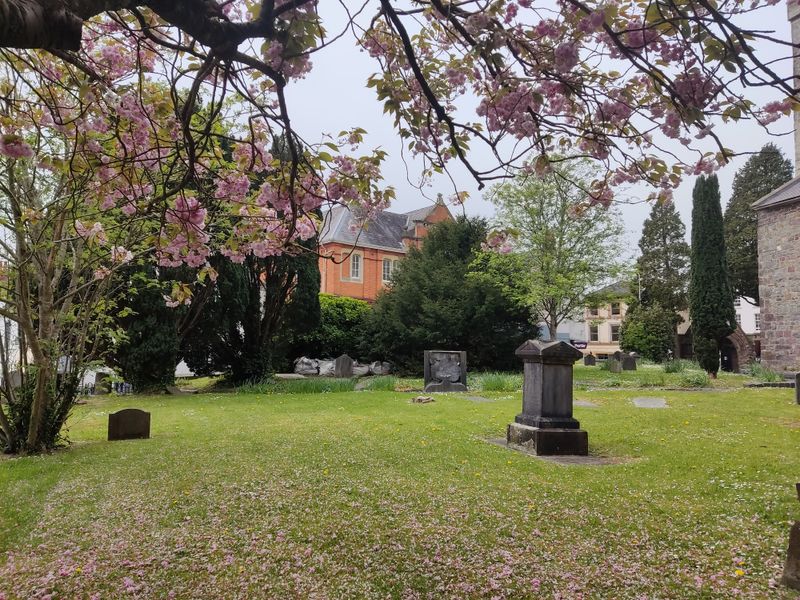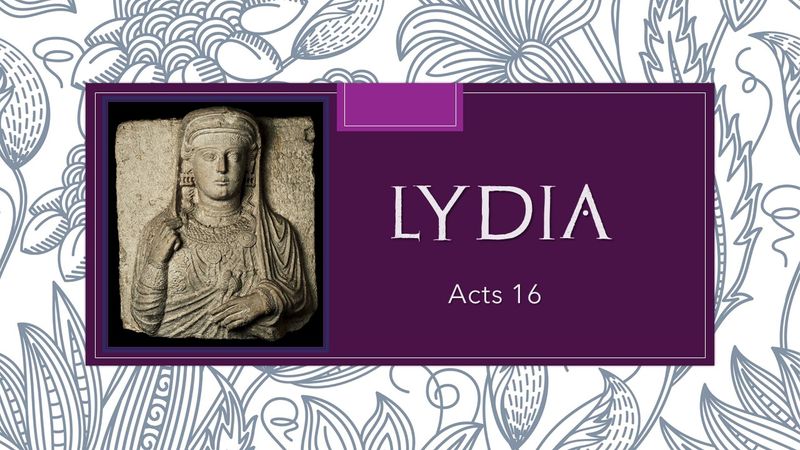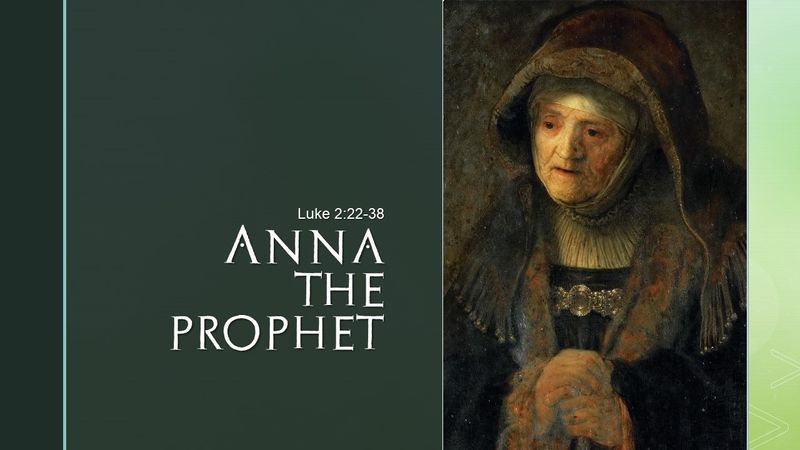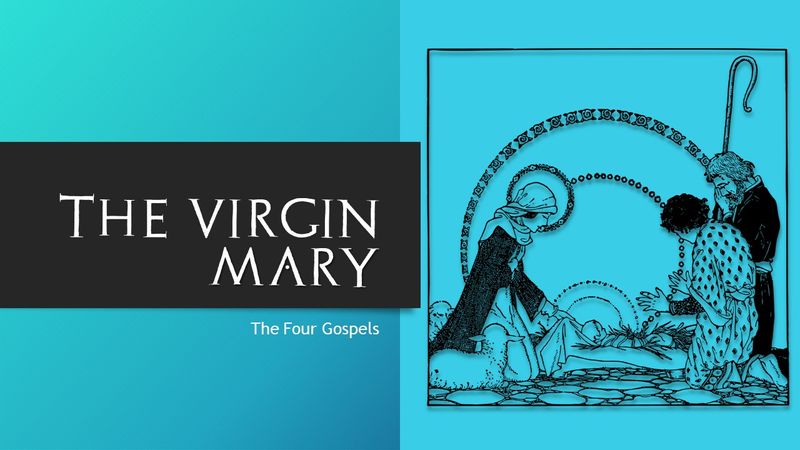Hi, my name is Tyler Martin, and I’m a recovering cynic.
Since this is my first blog post on Misfits Theology Club, I wanted to take some time to introduce myself and tell you a bit of my recovery story. To do that, I want to talk about three times in my life that I’ve experienced the psychological phenomenon known as cognitive dissonance.
First, an illustration.
On February 26, 2015, the world wide web was forever changed with one question: what color is this dress?
“White and gold,” I said without hesitation. When my roommate said he saw black and blue, I thought he was kidding. I was dumbfounded when I learned that he wasn’t, and neither was half the world’s population.
After hours of debate we learned that the dress was indeed blue and black, and something strange happened in my brain. On the one hand, I knew the dress was black and blue. On the other hand, my eyes saw white and gold. It was as if two large vehicles driving down the highway at 70 mph suddenly tried to take up the same space in my brain.
Cognitive dissonance.
Second, a story.
I was born and raised in the very conservative and very Southern Baptist state of Oklahoma. As I was raised neither conservative nor Southern Baptist, I always felt a little out of place. And though I was still a child of that culture, I resisted it. I desperately wanted to set myself apart from those around me. Come to think of it, I think this is where my divisiveness toward the church really began.
When I left Oklahoma for grad school at Wheaton College, I didn’t think I’d ever come back. A year later, I married my wife Sabra. Together we started our life in Chicagoland and partnered in ministry at our church where I led worship. Then on December 28th of last year, two things happened.
First, our daughter was born. Edelyn Kathleen Martin.
Second, our entire world changed, and with it, my view of Oklahoma. It was no longer a place I wanted to run away from. It was a place I wanted my daughter to grow up in, full of family I wanted her to grow up around. It was home. In my brain, Kansas and Oz collapsed into one complex reality, a place full of imperfections and perfect love.
Cognitive dissonance.
You see, the world never actually changed when Edie was born into it. Only our world changed. Oklahoma didn’t transform overnight, but only my perception of Oklahoma. The dress doesn’t change colors depending on who’s looking at it.
Perspective changes everything.
Third, a testimony.
I grew up in the church and called myself a Christian for as long as I can remember. I first said the “sinner’s prayer” at a VBS program in my neighborhood when I was maybe seven or eight years old. I started to get serious about my faith when I joined my church’s youth group in the seventh grade. And while I don’t discount my salvation experience or my young faith, I now recognize that it was just that. Young faith.
I think the problem I experienced in high school came down to an improper understanding of the Bible. No one taught me what the Bible was or how I was supposed to read it. As a result, I developed an unhealthy, idolic view of the Bible.
The Bible is the fourth person of the Trinity. The holy, inerrant Word of God, handed down to us from heaven in perfect King James English.
The dress, you could say, was white and gold.
Then I went to college and studied the Bible and biblical languages from some of the greatest Bible professors in the world (in my humble opinion, but I’m biased). I began to see, for the first time, the humanity of the Bible. It was a beautiful piece of art created by human beings. Yes, human beings inspired by the Holy Spirit, but human beings nonetheless.
I started to see that the dress was, in reality, black and blue.
Cue the cognitive dissonance, the clash of concepts in my brain as two ideas instantly became one. The Bible was at once a divine gift from above and a messy product of messy human beings. This time, however, the cognitive dissonance did more than blow my mind. It led to anger, confusion, and ultimately disillusionment.
The more I learned about the Bible the angrier I grew at the church. Why was no one in the church talking about these things? Why was nobody teaching us what the Bible was or how we should read and understand it?
I felt like giving up on the church. This feeling of desperation lasted a couple of years at least. I grew very cynical. I could no longer listen to sermons without tearing them apart in my head. I’d roll my eyes when I’d hear other people in the church talk about anything. It became a serious issue in my heart.
The Lie Our Culture Tells Us
My cynicism was a direct result of the cognitive dissonance I experienced. But at the root of cognitive dissonance there is a big lie that our culture tries to sell, a lie that I bought into for most of my life. Here’s the lie: there can only be one truth.
I feel like I may have lost some people there. As a disclaimer, I’m not a relativist and I do believe in absolute truth. But I don’t think absolute truth is as clear-cut as we like to make it.
The dress is a simple example. We can argue about the hues all we want, but we have access to the object itself. Any disagreements we have can be settled once and for all by looking at the actual dress.
When it comes to the Bible, absolute truth gets a bit stickier. We don’t have direct access to the authors. We can’t ask them what the Bible is, or what their intentions were in writing. All we have when we look at the Bible is interpretations.
Everyone approaches the Bible with an interpretation. My interpretation is likely very different from your interpretation. Our backgrounds, our affiliations, our churches, or experiences all contribute to different readings and different understandings of what the Bible is. This isn’t a problem at all. The problem happens when we mistake our particular interpretations for the Bible itself.
“We don’t teach human interpretations,” my church used to tell me. “We teach God’s Word.” The irony here is that calling the Bible “God’s Word” is itself a human interpretation of the Bible. Nowhere in scripture does scripture refer to itself as God’s Word. But this is the interpretation of scripture that I grew up with. I grew up believing that my particular understanding of the Bible was the correct understanding of the Bible.
So when my college and grad school experiences exposed me to other understandings of the Bible, I was lost and confused. Not because I learned that there was more than one interpretation of scripture. But because I realized that there was more than one valid interpretation of scripture. I didn’t know what to believe anymore.
So the cause of my disillusionment and cynicism was cognitive dissonance, and my cognitive dissonance was based on a cultural lie, that there can only be one truth at any given time. It follows then that the solution to my problem and the key to my recovery is found in combatting that lie.
The Alternative to the Lie
To say that there can only be one way to read and understand scripture is both arrogant, limiting, and selfish.
It’s arrogant because it assumes we have it all figured out, our way is the best, and anyone who disagrees with us is wrong.
It’s limiting because when we aren’t willing to see the scriptures from someone else’s perspective we aren’t willing to learn. We aren’t getting all that we can out of scripture.
It’s selfish because we’re also denying someone else the opportunity to learn from us.
But there is another way to understand scripture. A way that I’m still in the process of figuring out. Reading scripture in community.
I don’t mean sitting down with your Bible and reading it in your small group full of people who think the same way as you. I mean reading scripture in communion with the larger church. Have conversations with people from another tradition or another culture. Not arguments or debates, but genuine conversations. Seek to see the Bible from their eyes, not to find holes and weaknesses in their thought process, but to understand where they’re coming from.
This doesn’t mean you have to agree with everyone on everything. The fact that there are many valid interpretations of scripture doesn’t mean every interpretation of scripture is valid. So seek to understand someone else, but also seek with a discerning spirit.
Here’s why I think this is so important. I don’t get the Bible. There is so much that I don’t understand. I don’t think you get it, either. It’s impossible for anyone to fully know everything there is to know about the Bible. And that’s okay. No, that’s more than okay. That’s the way it’s supposed to be.
God created us as a species and as a church to be in community. He’s designed this life in such a way that I need you in order to survive, and you need me. Why would this be any different when it comes to reading the Bible?
What I’m talking about is like one of those old “connect the dot” activity books. On my own, my mind is too limited to understand the entirety of scripture. My interpretation is but a simple, lonely dot. But when we collect our interpretations of scripture in one place, when we put our dots together, maybe we’ll begin to see something beautiful. Maybe we’ll begin to hear the Word of God. Not words etched in stone or fixed in a book, but the Living Word of which the author of Hebrews writes in Hebrews 4:12. The Word of God speaking life and creativity into our world. The Word that became flesh and dwelt among us.
That’s why I’m here on Misfits. I love the idea of so many people coming together from so many walks of life. Not to debate, but to have a conversation together. To collectively learn more about our great God, and to give him all the glory in the process.
I’m my next few posts, I’ll start a series about how to read the Bible. This series will focus on reading the Bible as the creative and imaginative literature that it is. In the meantime you can find more about me on my personal blog over at the Baptized Imagination.
I’m done, now it’s your turn to join the conversation. Have you ever experienced cognitive dissonance in relation to the Bible or your faith? What did that look like for you? How did you overcome it or how are you overcoming it? I’d love to hear about it in the comments below.





